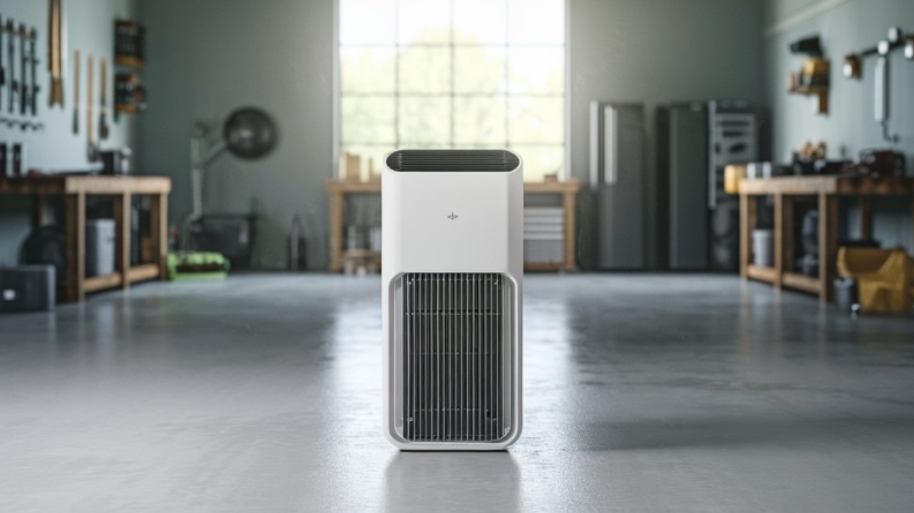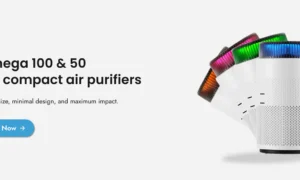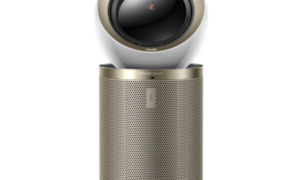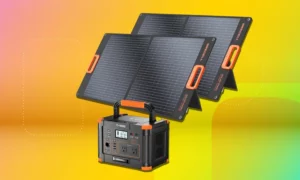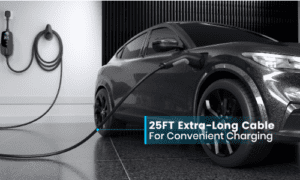In recent years, the quality of the air we breathe—especially indoors—has become a major concern. Between rising pollution levels, wildfires, allergens, and the spread of airborne illnesses, many people are looking for ways to protect their health at home. In 2025, air purifiers have gone from being a luxury item to a household necessity.
Here’s why having an air purifier in your home this year is more important than ever.
1. Indoor Air Is Often More Polluted Than Outdoors
It’s easy to assume that staying indoors keeps you safe from air pollution. But according to the EPA, indoor air can be 2 to 5 times more polluted than outdoor air. Common sources include:
- Dust and pet dander
- Cleaning products and chemical off-gassing from furniture
- Cooking fumes
- Mold spores
- Smoke from candles, fireplaces, or tobacco
An air purifier with a good HEPA filter can capture most of these pollutants, making your home a safer place to breathe.
2. Allergy and Asthma Relief
Seasonal allergies and asthma symptoms can get worse indoors if airborne triggers like pollen, dust mites, and mold build up. In 2025, more people are turning to air purifiers with True HEPA filters and activated carbon layers to reduce these allergens. They not only help clear the air but also improve overall comfort and sleep quality for allergy sufferers.
3. Protection from Wildfire Smoke and Airborne Toxins
With climate change causing more frequent and intense wildfires, smoke pollution is now a regular seasonal threat in many areas. Even if you live far from a fire zone, smoke particles can travel hundreds of miles. These fine particles are small enough to enter the lungs and bloodstream.
Modern air purifiers can trap PM2.5 particles—the tiny pollutants found in smoke—helping reduce respiratory risks during wildfire season. Many new models are designed with extra filtration power specifically for this purpose.
4. Fighting Germs and Viruses
In the post-COVID era, awareness of airborne viruses has dramatically increased. Some air purifiers now come with UV-C light or PECO technology to kill bacteria and viruses floating in the air. While these features shouldn’t replace good hygiene and ventilation, they do offer an extra layer of protection, especially in homes with elderly family members or kids.
5. Odor and Chemical Removal
Air purifiers aren’t just for health—they also help with comfort. Activated carbon filters can absorb common household smells like cooking odors, pet smells, or fumes from paint and cleaning supplies. This makes air purifiers a great addition for kitchens, apartments, or homes with sensitive noses.
6. Affordable and Smart Options Available in 2025
Air purifiers have come a long way in terms of technology and price. In 2025, many high-performance models are affordable and energy-efficient. Plus, smart features like air quality sensors, Wi-Fi control, and auto mode make them easier to use than ever.
If you’re not sure which one is right for your space, check out helpful buying guides and honest reviews at findmyairpurifier.com. The site breaks down different air purifier models by use case—whether you’re dealing with pets, smoke, allergies, or large rooms.
Final Thoughts
Air purifiers have shifted from being an optional gadget to a key part of a healthy home. With so many threats to indoor air quality in 2025, investing in a good air purifier is one of the smartest steps you can take to protect your health and well-being. Whether you live in a big city, a dry region prone to dust, or a wildfire-prone area, there’s never been a better time to clean the air inside your home.

